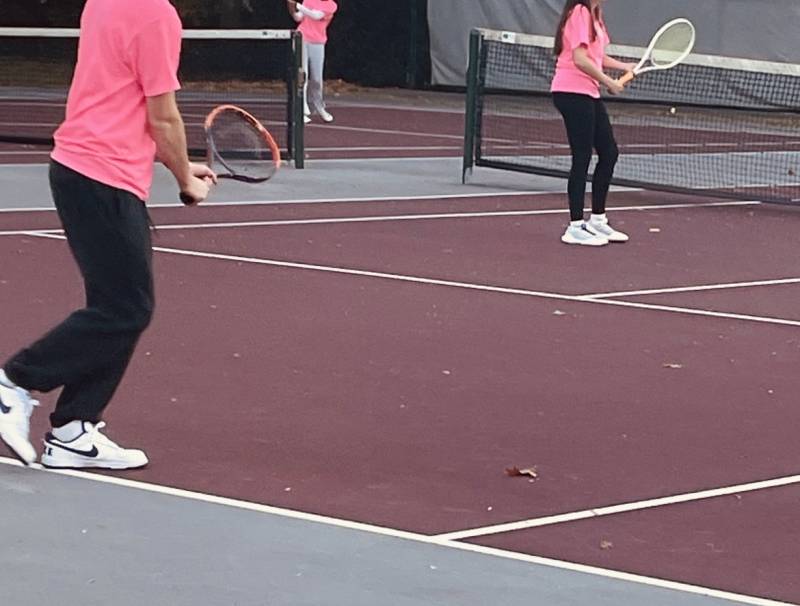The Vaccine is On Its Way
Since the coronavirus first invaded the country, there have been 303,963 deaths (and counting) and there are 16,771,562 cases currently. As the year has progressed, Americans have seen how the coronavirus has taken over the country and continues to burden daily lives.
To make matters worse, many Americans have undermined the severity of the virus by attending large social gatherings, disregarding safety-guidelines, and anti-masking. Thus, the number of infections continues to increase day-by-day. However, this November the pharmaceutical company, Pfizer, and biotechnology firm, Moderna have developed two vaccines that have proved to be over 90% effective. After running a series of trials, Moderna’s candidate vaccine was approved on December 18 by Food and Drug Administration and will eventually distribute their vaccines to the public. As of December 11, 2020, the Pfizer vaccine was approved by the FDA in its first emergency use authorization, and is currently on its way to hospitals and nursing homes. The first doses have been administered.
Unlike more traditional vaccines, the candidate vaccines use a piece of the virus’s genetic code to instruct cells to create the spike protein on the surface of the virus. Pfizer’s and Moderna’s vaccines also differ from more traditional vaccines due to the urgency and high-demand. According to a study published by the Pew Research Center, 60% of Americans said they would “definitely or probably” take the COVID-19 vaccine if it were available today. Although several demographics such as elderlies, individuals with preexisting conditions, and front-line workers would need to access the vaccines first to ensure their safety. Therefore, it is predicted that shortly after the vaccines are distributed, health care workers and nursing home residents will receive the vaccine first.
Though before receiving Moderna’s vaccines, FDA regulators will have to review the safety, effectiveness, and manufacturing of each vaccine. The Vaccines and Related Biological Products Advisory Committee will then meet, hold a vote and make recommendations to the Food and Drug Administration. Soon after, the FDA may authorize Moderna’s vaccines, and a CDC Prevention advisory committee will discuss prioritizing vaccines for high-risk groups.
During the past month of July, the United States reserved 100 million doses of Pfizer’s vaccine as part of an agreement in which the U.S. invested $1.95 billion for large-scale production and distribution of the vaccines. Once Pfizer’s and Moderna’s vaccines are distributed, Americans will need two doses; Pfizer’s booster shot will be given three weeks after the first one, and Moderna’s shot will be given four weeks after. Hence, with the production and distribution of vaccines, the government will hope to promote herd immunity in an effort to mitigate the spread of the virus.
Finally, according to the Washington Post, the government projects that Pfizer and Moderna will provide 40 million doses, enough for 20 million Americans, by the end of the year. Hopefully with the new vaccines, we will be one step closer to defeating the virus.







